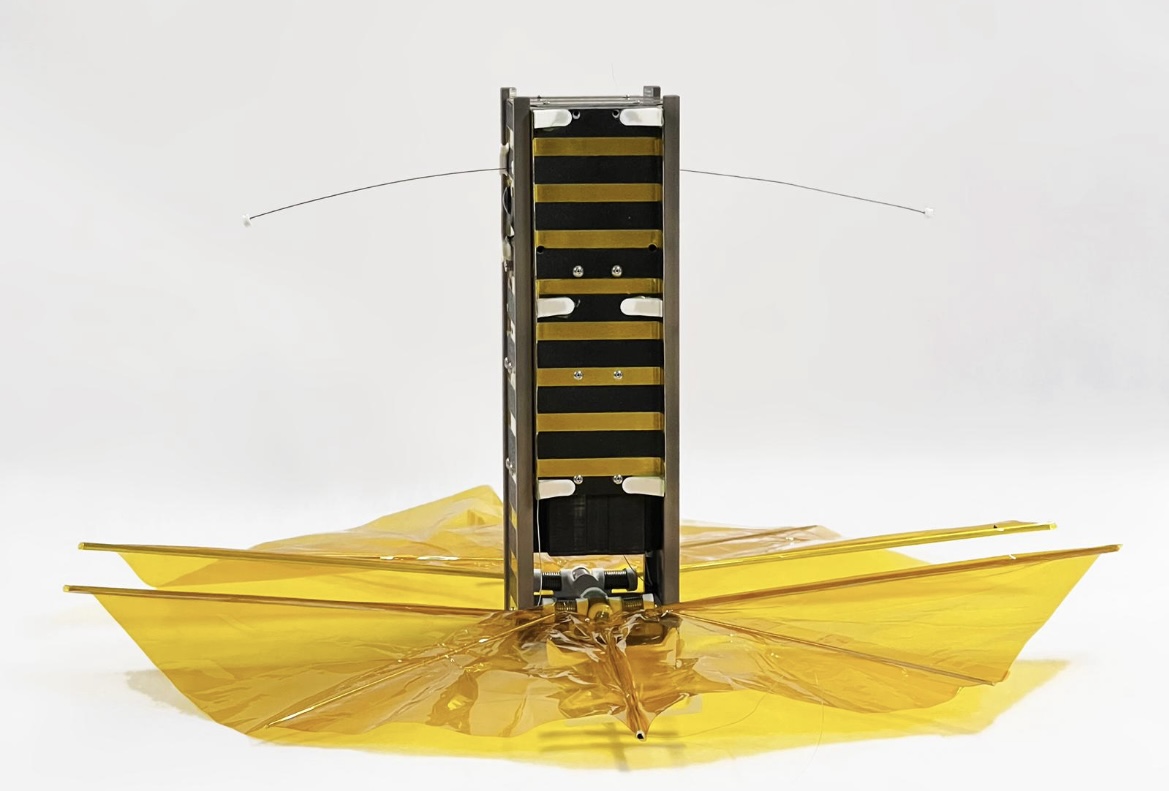

SBUDNIC, the satellite built by Brown University students with the scientific collaboration of CNR-IIA, launched in May 2022 in 550 km orbit aboard SpaceX's Transporter 5 mission, has successfully deployed its dragging device, an innovative 3D printed polyamide Kapton drag sail designed for increase la aerodynamic resistance of the satellite and accelerate its orbital decay from the nominal 25-27 years to just 5 years, reducing the satellite's re-entry times by 80%.
The news it was confirmed through analysis of data generated by orbital altitude radar over time. SBUDNIC was built using a combination of standard trade parts commonly found in hardware stores and cheap computer processors intended for prototyping, going from initial design to space within a year.
The drag device, which works like a parachute to gradually slow the satellite between thousands of orbits around the Earth, was designed as a lightweight solution for the emerging
orbital debris growth problem. In fact, the device weighs about 225 grams.
The project saw the creation of a CubeSat 3U (3 units) with an Open approach, mainly exploiting commercial components commonly used on Earth, including a Arduino processor and Energizer AA batteries.
The launch took place on May 25, 2022 da Cape Canaveral on a rocket SpaceX Falcon 9. The satellite was released into orbit by the satellite platform ION Satellite Carrier of the space logistics company d-orbit.
The SBUDNIC project is supported, in addition to D-Orbit, also by AMSAT-Italia, the Department of Mechanical and Aerospace Engineering (DIMA) of Sapienza University of Rome and NASA Rhode Island Space Grant, with award number 80NSSC20M0053.
Learn More: https://sbudnic.space/
